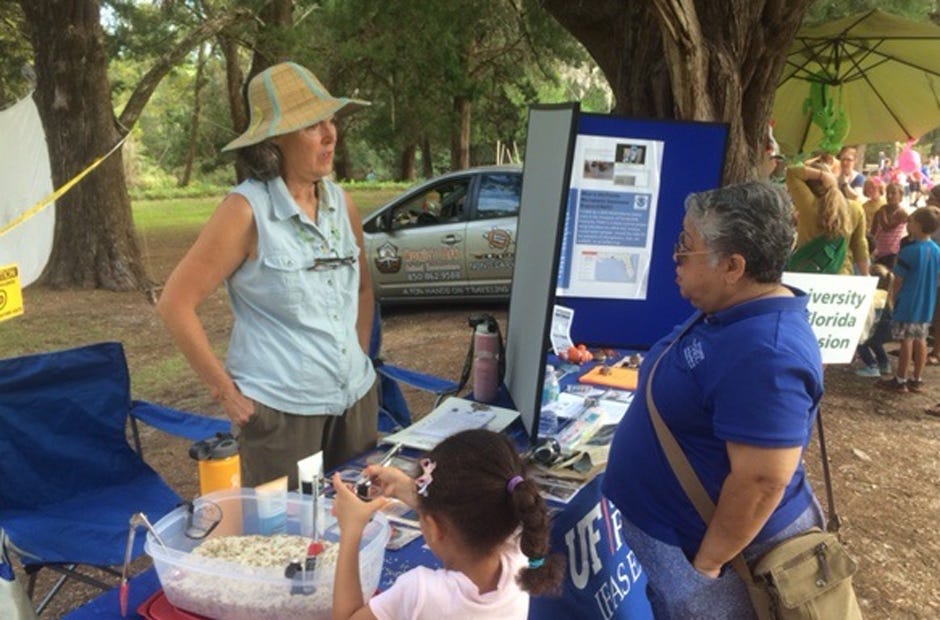![Master Naturalist and citizen scientist Diana Moore, left, assists with outreach at a local event. [Laura Tiu | News Bulletin]](http://127.0.0.1/wordpress/wp-content/uploads/2022/01/ghows-DA-531eb044-2e92-79e6-e053-0100007ff08e-78a733cd.jpeg)
Many people are fascinated by my job as a marine scientist. I often hear wistful comments like, "I wish I had chosen an exciting career like that." I'm here to tell you it's not too late. A phenomenon called citizen science is gaining in popularity, particularly in our coastal communities.
Citizen science is public participation in scientific research by volunteers or amateur scientists. It often involves monitoring or research activities capable of being accomplished by non-professional scientists. These programs are designed to engage community members as collaborators throughout the research process including identifying research topics, monitoring and data collection, or information dissemination.
Citizen science is a fun and interesting way for people to understand and learn about what is taking place in their own neighborhoods.
Citizen scientists report joining research projects for a variety of reasons. Some want to make a difference and contribute to society. Others love science, are curious about their communities and want to ensure that local research projects include a layperson's perspective. CS projects can build trust, as scientists recognize the value of public outreach, while participants see how science can advance their understanding of the world they live in.
The University of Florida has a long history of recruiting and utilizing citizen scientists in a host of research projects. Researchers have long relied on citizen scientists to report the spread of the invasive Cuban treefrog by documenting and submitting frog sightings. The first Cuban treefrog in Okaloosa County was caught and reported by a local citizen scientist. Participating can be as simple as taking photos of the frogs (http://ufwildlife.ifas.ufl.edu/citizen_sci.shtml).
The Choctawhatchee Basin Alliance and the University of Florida Lake Watch Program have partnered for years with local citizens to monitor over 130 sampling sites within the Choctawhatchee Bay, Choctawhatchee River, all the coastal dune lakes in Walton County, and even in the Gulf of Mexico, just off shore in Okaloosa and Walton counties (http://www.basinalliance.org/page.cfm?articleID=4). They frequently recruit citizen scientists for many of their other local research projects including building living shorelines and a new oyster gardening initiative.
The Florida Fish and Wildlife Conservation Commission lists citizen science as a smart, cost-effective strategy to enhance the FWC's ability to conserve Florida's diversity of fish and wildlife species and habitats, according to its website. See http://myfwc.com/get-involved/citizen-science/ for more information.
The FWC is currently seeking volunteers and college students to assist with the 2017 Seagrass Integrated Monitoring and Mapping program in Franklin County (http://myfwc.com/research/habitat/seagrasses/projects/active/simm/). This is a statewide collaborative effort which facilitates the collection and publication of monitoring and mapping data for Florida seagrasses in order to assess the status and trends of this vital ecosystem. This would be a great opportunity for those students wanting to gain some field experiences to add to their resume.
If being a citizen scientist sounds like a fun activity for you or your family, take a look at the links provided in this article, or contact me at lgtiu@ufl.edu for additional suggestions.
Laura Tiu is an agent at the University of Florida's Institute of Food and Agricultural Sciences Extension office in Crestview.

This article originally appeared on Crestview News Bulletin: Citizen science is a growing hobby
